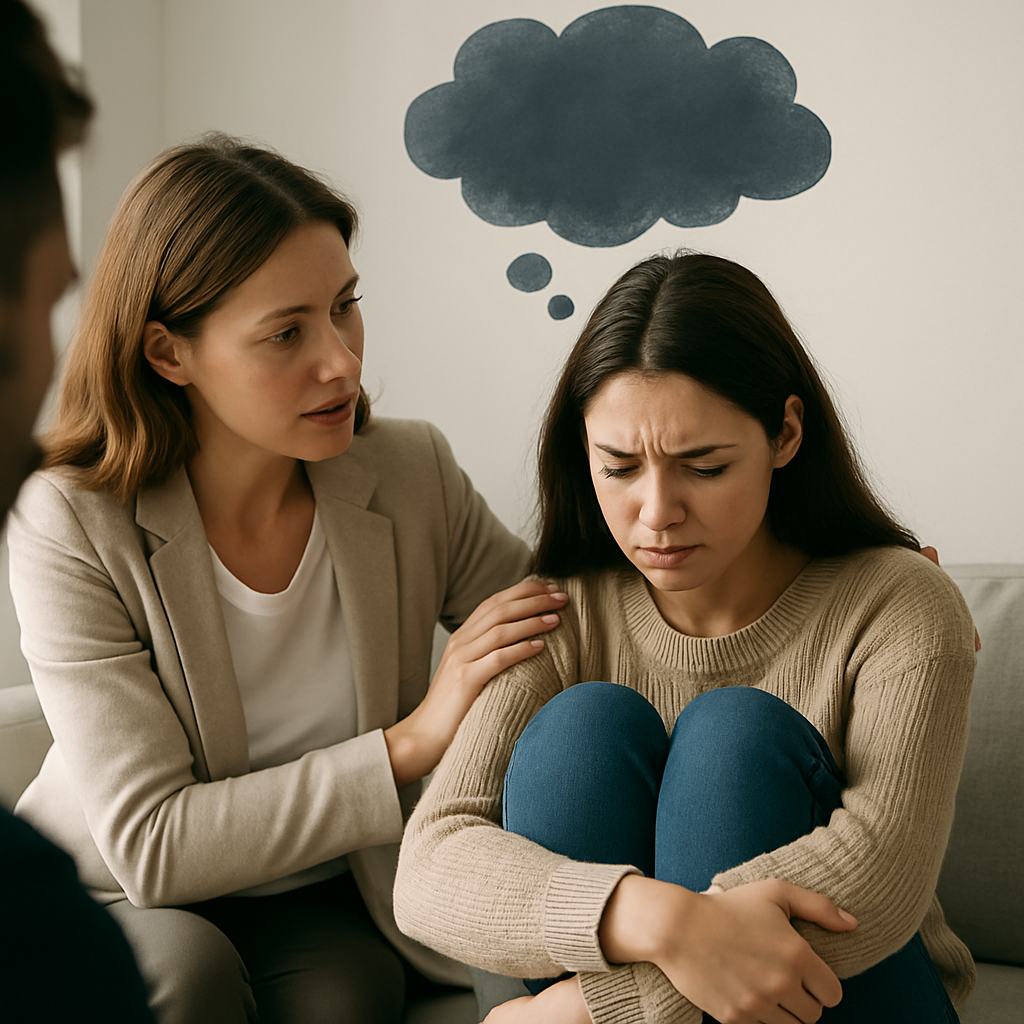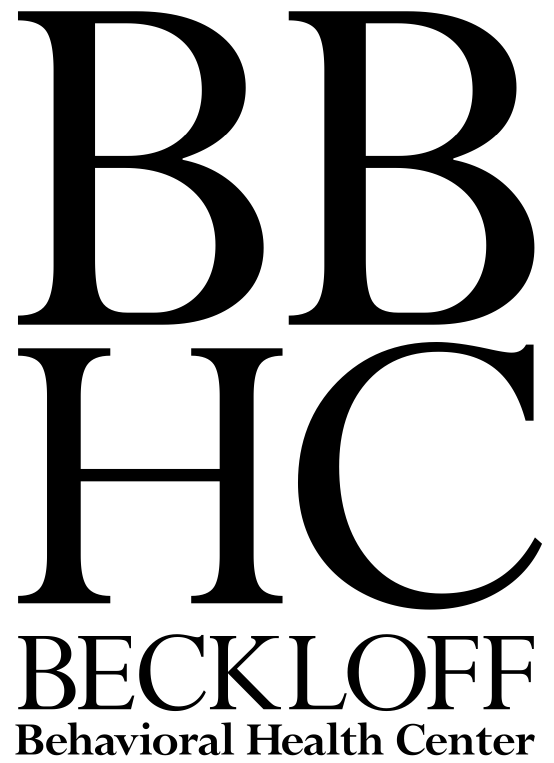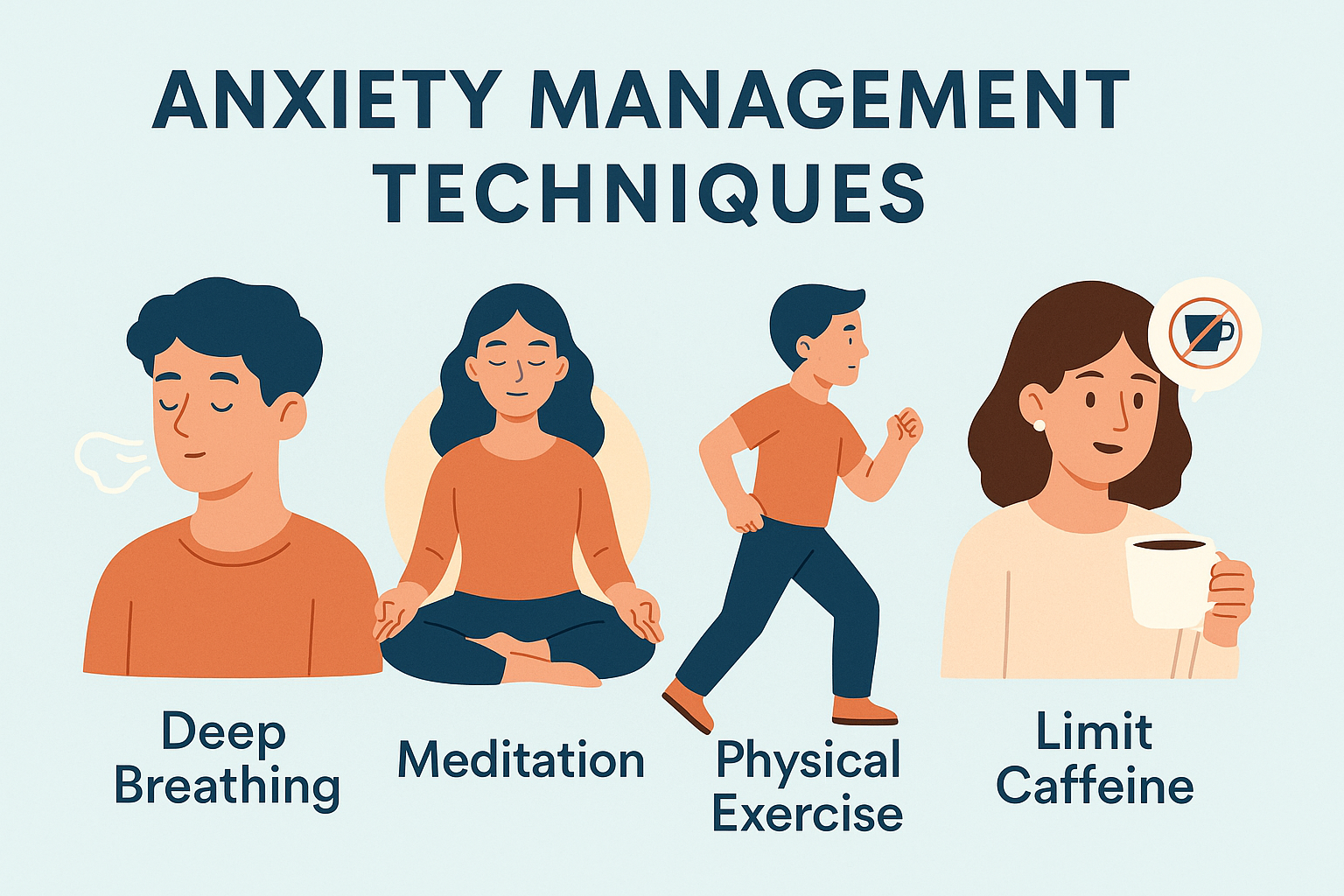
Recognizing the Signs: Anxiety and Depression Help
Unfortunately, mental health struggles rarely announce themselves with a shout. Mostly, they begin as a whisper.
It can look like:
● A friend who has slowly faded from the social circle,
● A teenager whose personality seems to have changed overnight, or
● A creeping exhaustion that sleep never seems to fix.
Because these changes can be subtle, we might dismiss them as a "bad mood" or a "rough patch."
Learning to recognize the persistent, quiet signs of anxiety and depression is one of the most important things we can do for ourselves and the people we care about.
This guide will help you understand how these conditions can show up differently in teenagers and adults. Importantly, it'll also provide clarity on when it's time to seek professional anxiety and depression help.
The Common Ground of Anxiety and Depression
While symptoms can look different depending on age and personality, the core experience of anxiety and depression is often similar.
● Depression is characterized by persistent sadness and a loss of interest in once-enjoyed activities.
● Anxiety disorders involve excessive worry or fear that is out of proportion to the situation.
Think of it as a constant internal alarm.
For some, the alarm is a paralyzing fear about the future. For others, it's a heavy fog of sadness about the past.
In both cases, it disrupts daily life and makes it difficult to function.
Spotting the Signs Across Generations
Learning to spot the signs requires knowing what to look for.
Because stressors and biology differ between teenagers and adults, the signs of anxiety and depression are also different. Here are some of the ways these struggles can manifest in teens and adults.
The Signs of Anxiety in Teens
In teenagers, emotional distress can often be misinterpreted as defiance or normal adolescent moodiness. It's important to look for patterns of change.
Common signs of anxiety in teens include:
● Irritability and Anger. Frequent short tempers, frustration, or angry outbursts can be a primary symptom of both anxiety and depression in adolescents.
● Social Withdrawal. Suddenly avoiding friends, canceling plans, eating lunch alone, or dropping out of activities they used to love.
● Frequent Physical Complaints. A pattern of unexplained headaches, stomachaches, or persistent fatigue that may lead to missing school.
● A Drop in School Performance. A noticeable decline in grades, difficulty concentrating in class, or feeling overwhelmed by homework when they previously weren't.
● Changes in Sleep. Difficulty falling asleep, staying asleep, or sleeping far more than usual. But remember, as teenagers are still growing, they need 8 to 10 hours of sleep every night.
Depression Symptoms in Adults
In adults, depression can sometimes look like chronic stress or burnout. The pressures of work, family, and finances can mask the underlying symptoms.
Common depression symptoms adults experience are:
● Persistent Low Mood. A lasting feeling of sadness, emptiness, or hopelessness that doesn't go away.
● Profound Fatigue. An overwhelming lack of energy that isn't relieved by rest, making even small tasks feel monumental.
● Loss of Interest or Pleasure. No longer finding joy in hobbies, work, or social activities that were once meaningful (a condition known as anhedonia).
● Changes in Appetite or Weight. Significant, unintentional weight loss or gain due to eating much more or less than usual.
● Feelings of Worthlessness or Guilt. Harsh self-criticism, fixating on past mistakes, or feeling like a failure.
Mental Health Red Flags: When to Act Immediately
Some signs indicate a mental health crisis that requires immediate attention. If you or someone you know is experiencing any of the following, seek help right away.
● Talking about wanting to die, suicide, or engaging in self-harm.
● Expressing feelings of being a burden or having no reason to live.
● Engaging in unusually reckless or dangerous behaviors.
● A complete withdrawal from all social contact.
● Showing signs of extreme distress or panic attacks.
If you see these mental health red flags:
● Call or text the 988 Suicide & Crisis Lifeline
● Go to the nearest emergency room
● Call 911
Your immediate action could save a life.
How Therapy Helps Anxiety and Depression
Recognizing the signs is step one. The next is getting support.
The goal of therapy is to provide a safe, confidential space to understand what's happening and to build a personalized plan for feeling better.
Numerous studies have shown that professional anxiety and depression help is effective.
In therapy, you or your loved one can:
● Receive an accurate diagnosis to understand the specific issue.
● Learn coping mechanisms to manage symptoms in the moment.
● Identify the root causes and triggers behind the feelings.
● Develop healthier thought patterns to break cycles of negativity and worry.
● Feel supported by a non-judgmental, trained professional.
Recognizing that you or a loved one needs help is a courageous and compassionate act.
You don't have to have all the answers, and you certainly don't have to go through this alone. At Beckloff Behavioral Health Center, we specialize in creating effective, supportive treatment plans for both teens and adults.
We're here to guide you.
Disclaimer: The content on this blog is for informational purposes only and is not a substitute for professional medical advice. Always consult a qualified health provider with medical questions. Never disregard or delay seeking medical advice due to blog content. If you have a medical emergency, call your doctor or 911.



